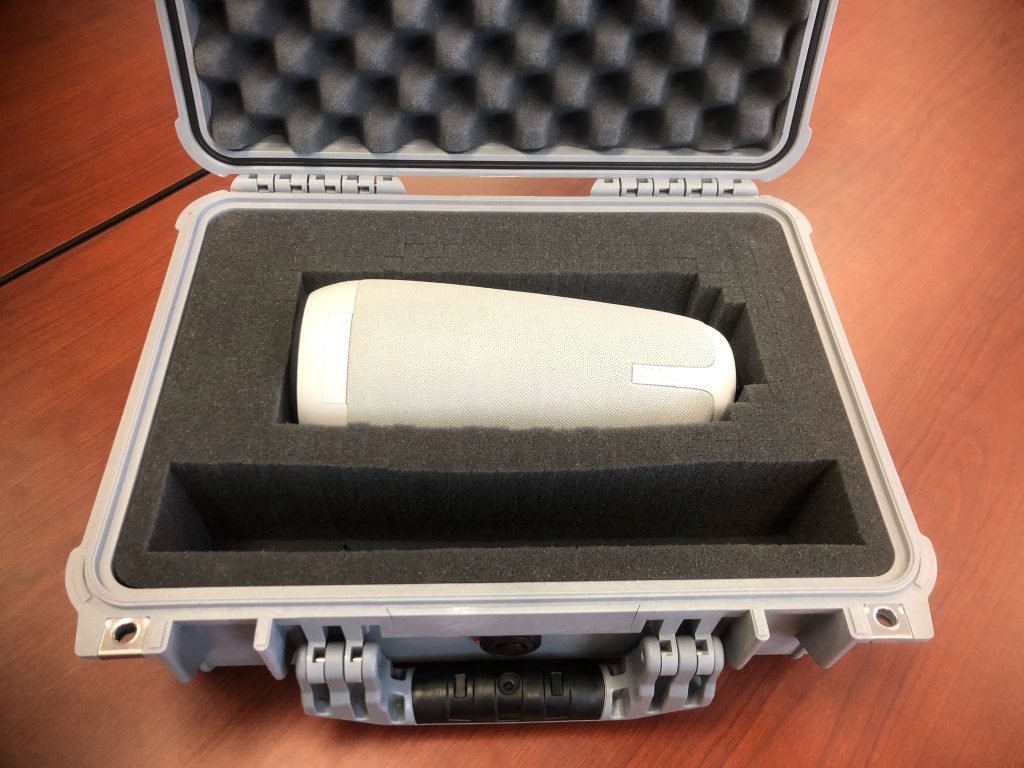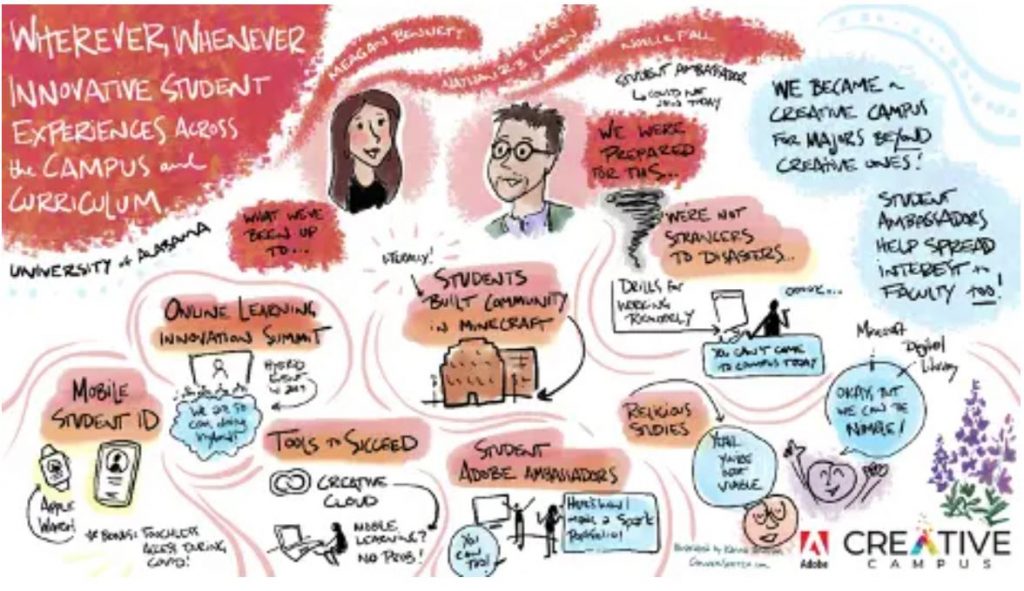Discussions about the uses and misuses of generative artificial intelligence entered the broader public discourse of the United States in November 2022. The University of Alabama offers a considered response to these discussions and the issues they present to the campus community. To learn more about guidelines from the Office of Academic Affairs, please see the Guidelines for Faculty in Dealing with the Use of Generative AI Tools on this site hosted by our Office for Academic Affairs.
Read More from Guidelines for Faculty in Dealing with the Use of Generative AI Tools








